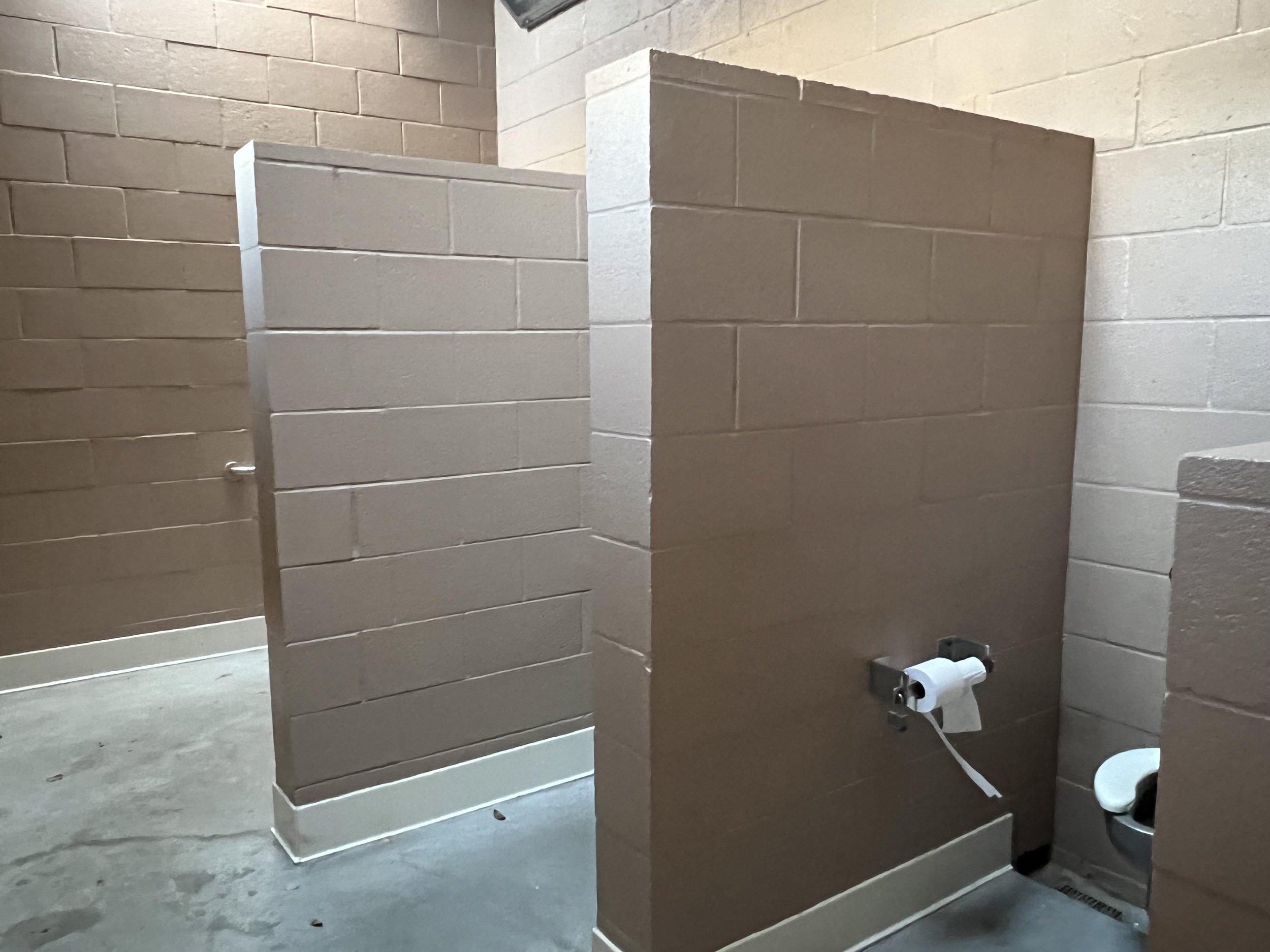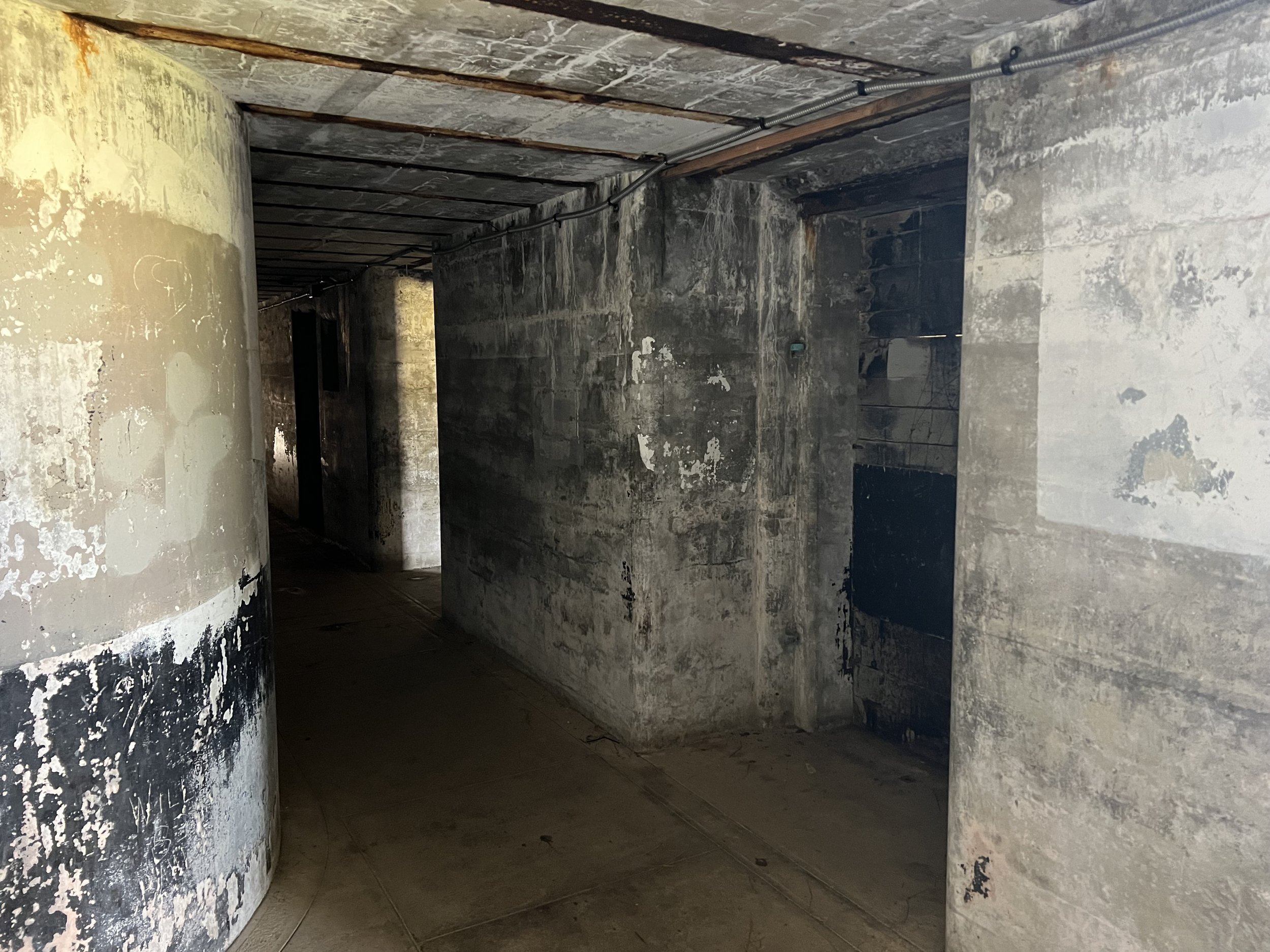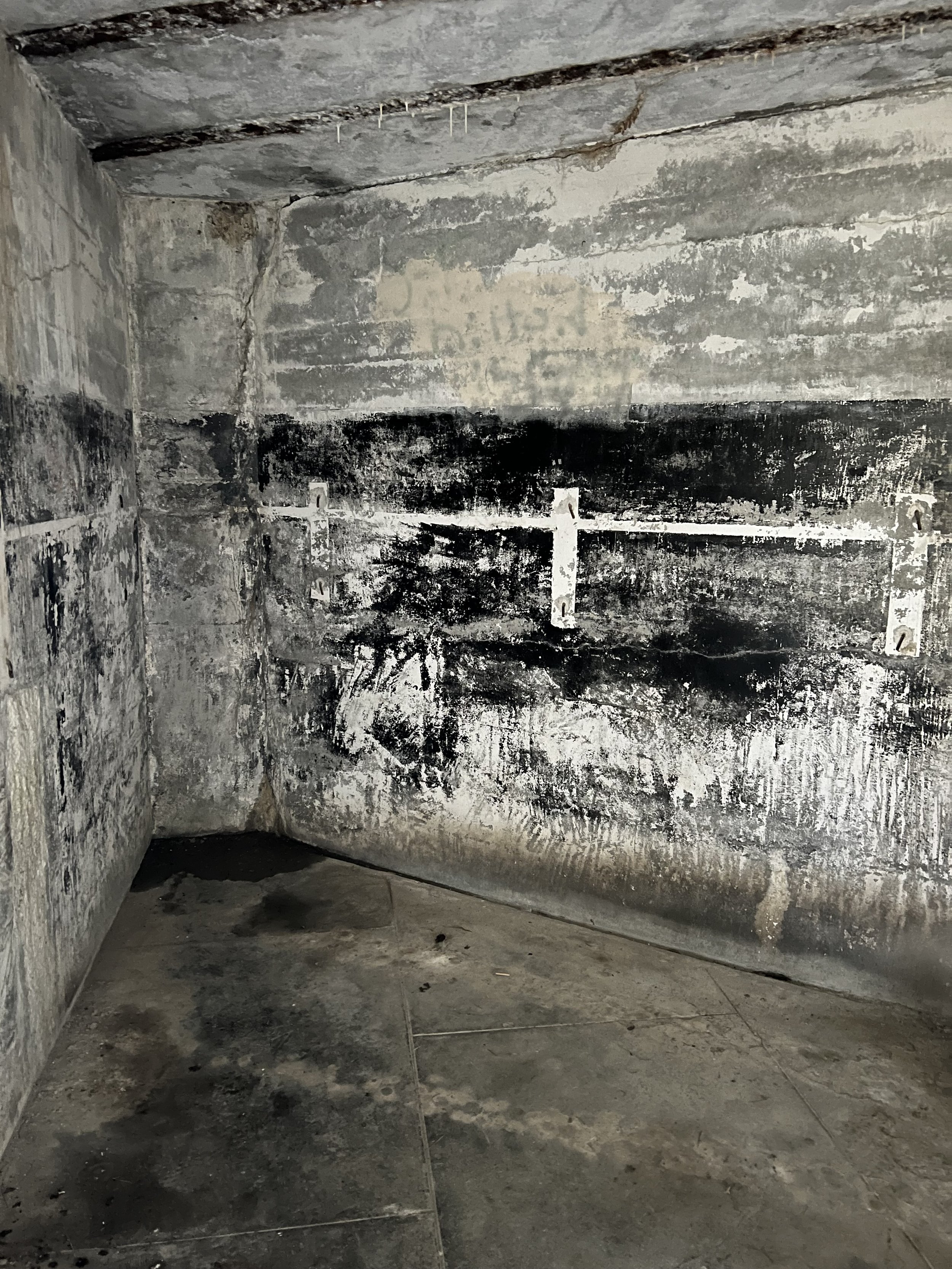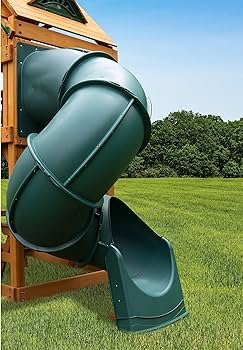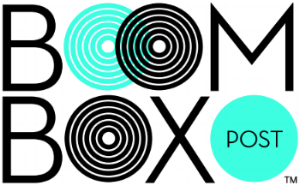WRITTEN BY Jeff shiffman
CO-OWNER OF BOOM BOX POST
Throughout my career, one of my favorite practices has been utilizing my own recordings in my work. Some are very high quality, like those I’ve produced for our very own sound effects company Boom Box Library. While many are off the cuff recordings from my iPhone, like those I discussed in this previous blog post. The important thing is my connection to the work. I can remember where and when I recorded these sounds; they mean something to me.
As sound professionals, we always have our ears open for interesting sounds. This isn’t limited to just sound effects I can record but also interesting ways sound can interact with the spaces we inhabit. Over the years, if I find myself in an especially interesting space, I’ve made a point of recording myself clapping once, so that I can later farm that sound as an Impulse Response, recreating the space. This practice carries the same nostalgic feelings as my field recordings, but expands the idea to my mixing. I can put any Impulse Response (the clap) through a reverb plugin that will, like magic, recreate that space. You too can be out there capturing wild and interesting spaces for your work!
REVERB BASICS
Before we dive in too deep, a small primer on reverbs. Why use reverb? In our work, we utilize reverb to either recreate spaces or to create some form of special effect (modulation). There are two basic types of reverb: convolution reverb and algorithmic reverb. In convolution reverb, a real world space is “captured” (typically with a recording of a sharp, transient sound like a clap). Algorithmic reverbs use algorithms (math) to create the effect of space or modulation (or often both). We could argue the pros and cons of each, but that’s another post. I’ll just say that most sound professionals use a combination of the two as needed. Convolution reverb is where we will be concentrating today.
IMPULSE RESPONSES (IR’s)
The clap I mention above is known as the “impulse response.” That fast, loud, transient clap is an example of how sound responds to the environment in which it was recorded. Is the room totally dead? Is it extremely lively with lots of bouncing off the walls? Does the space bring out some frequencies more than others? The impulse response acts a direct example of how sound reacts in a space. Clever reverb plugins can analyze this impulse response and then recreate that environment. The result? You can place any new sounds into that space. Magic!
SUGGESTED CONVOLUTION REVERBS
Altiverb
Altiverb by Audio Ease
The gold standard convolution reverb is Altiverb by Audio Ease. It’s on the top end of the price range, but for good reason. Audio Ease is a huge player in the convolution reverb space. Just a quick glance at their site shows you that Altiverb comes with all kinds of pre-recorded impulse responses, giving you countless spaces to use in your mixes, from concert halls to camper vans. They are even user-friendly enough to have created a video teaching you best practices for creating your own impulse responses. They use frequency sweeps as well as a much fancier setup than my “just clap with your phone” method, but you get the idea.
Space
Space by AVID
AVID has their own convolution reverb, Space, that comes with some free with some versions of Pro Tools. As a standalone purchase, it’s also on the pricey side, but includes the all important ability to import your own IR’s. Full disclosure, I’ve been using Space since it came bundled with a version of Pro Tools LE about two decades ago, so this is the one with which I have the most hands on experience. That being said, it’s a clunky plug that’s not without it’s own quirks and issues.
MConvolutionEZ
Hoping to recommend something on the cheaper side for our readers, a quick google search lead me to MConvolutionEZ by Melda Production. The plugin comes free as a part of their larger free FX bundle. From the look of it, it’s pretty bare bones but they do claim to include the ability to load your own IR’s so for those on a budget, or if you’re just feeling experimental, this may be a good place to start.
home recorded impulse responses In practice
Here are some examples of my homemade IR’s in action. The fun part of my “gorilla recording” method here is that you never really know what you’re going to get. Oftentimes I’m recording these claps with ambient noise around since these are not 100% controlled environments. My advice is to be open to the possibilities, rather than beholden to recreating the space exactly. In a few cases, I messed around with denoising the clap, or running it through an EQ to differing and interesting results.
For a good one to one comparison, here is the same clip of me reading the first line of Robert Frost’s “The Sound of Trees” through multiple IR’s I recorded in the field. Notice how the character changes from space to space, each taking on a life of it’s own. If you have particularly good headphones, you will notice the difference in the two playground slide recordings. For the raw, I used the original IR whcih included all ambient sound (a very active playground). For the EQ version, I pulled out some of the low end to clean it up.

